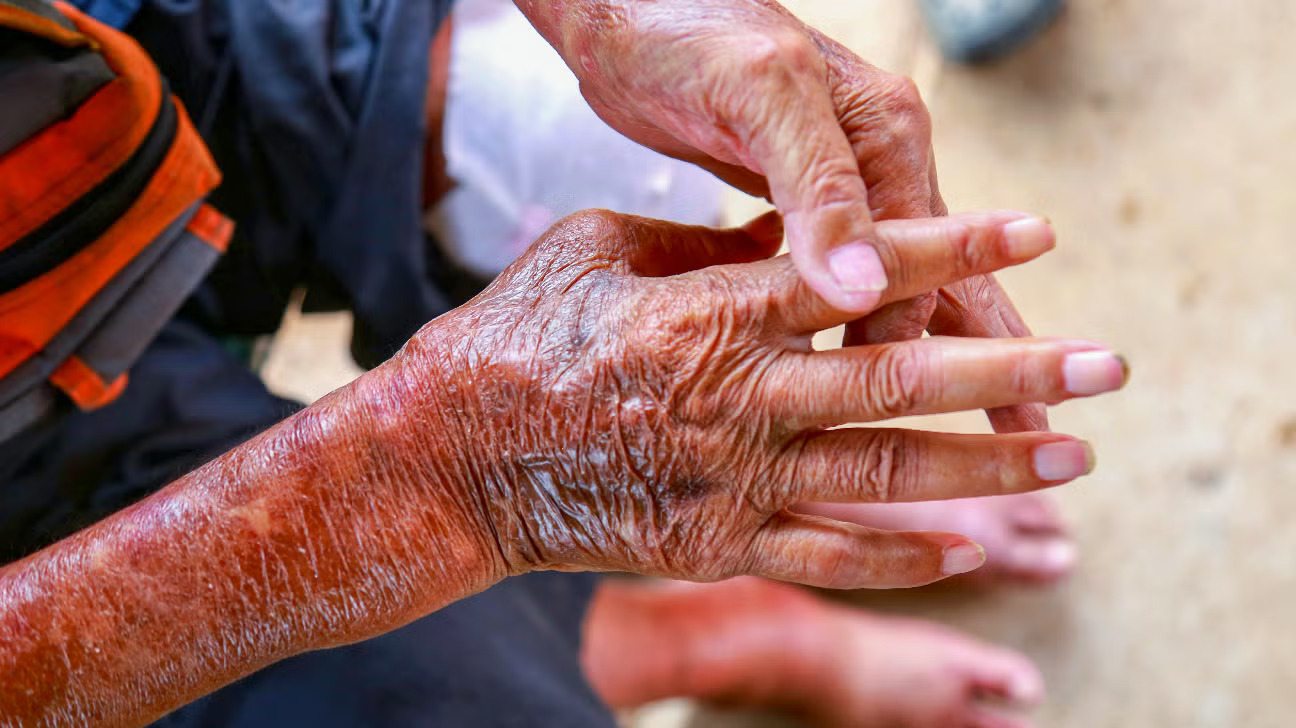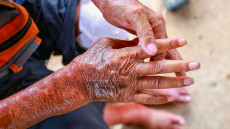- Early diagnosis is key, as prompt intervention can prevent or slow the progression of organ damage. Increased awareness among health professionals and the public alike will help ensure more patients get the care they need without delay.
Scleroderma is a complex and often misunderstood disease that quietly affects thousands of people around the world. Known medically as systemic sclerosis, this rare autoimmune condition causes the body’s immune system to mistakenly attack healthy tissues, leading to an overproduction of collagen.
While collagen is essential for skin strength and healing, too much of it can cause the skin and internal organs to harden and thicken.
Though scleroderma can occur in anyone, it is far more common in women, typically appearing between the ages of 30 and 50. Its exact cause remains unknown, but researchers believe a combination of genetic predisposition and environmental triggers set the disease process in motion.
Scleroderma can manifest in two main forms: localized and systemic. Localized scleroderma, sometimes called morphea or linear scleroderma, primarily affects patches of skin and underlying tissue.
These hardened areas can look shiny and tight and may limit movement over time. Fortunately, localized scleroderma rarely spreads to internal organs, making it the milder form of the disease.
Read More
In contrast, systemic scleroderma is more serious because it involves not only the skin but also vital organs such as the lungs, heart, kidneys, and digestive tract.
The symptoms of scleroderma vary widely, depending on which parts of the body are affected. The most visible sign is the thickening and hardening of the skin, often described as feeling tight or mask-like. Joint pain, muscle weakness, and fatigue are also common complaints.
Many patients experience severe heartburn and difficulty swallowing as the disease affects the digestive system. When the lungs are involved, scarring and high blood pressure in the pulmonary arteries can lead to shortness of breath and reduced exercise tolerance.
While scleroderma can be life-altering, it is important to remember that the disease affects everyone differently. Some people have only mild skin changes, while others develop serious complications. Because there is currently no cure, treatment focuses on managing symptoms, slowing disease progression, and maintaining quality of life.
Though scleroderma remains a challenging disease, advances in research and treatment are steadily improving outcomes.
Early diagnosis is key, as prompt intervention can prevent or slow the progression of organ damage. Increased awareness among health professionals and the public alike will help ensure more patients get the care they need without delay.




-1751741773-md.jpeg)





-1751741773-sm.jpeg)

